
We kindly inform you that, as long as the subject affiliation of our 300.000+ articles is in progress, you might get unsufficient or no results on your third level or second level search. In this case, please broaden your search criteria.


Dauksza examines the status of non-Jewish Polish concentration camp survivors. Their wartime experience and the way in which they functioned after the war has always been and continues to be different from the Jewish experience. Based on empirical studies, Dauksza argues that the problem is that their experience is ‘an experience without a name’: unable to name it, they are also unable to experience what happened to a significant group of Poles during the occupation. The question concerns not only actual former prisoners and their relatives – as the framework of post-memory transfer would suggest – but also individuals who for several years lived in fear of being deported, as well as those who witnessed the deportation of others, including Jews.
More...
Głowacka considers three decades of Polish criticism of Lanzmann’s Shoah in the context of recently published outtakes from the documentary. She explores the role of language interpretation in both the film and the outtakes, focusing on statements in Polish and their French and English translations. The testimonies of Poles whom Lanzmann describes as ‘false witnesses,’ Głowacka suggests, ought to be treated as credible accounts that shed light on the complexity of Polish Holocaust memory. But Lanzmann appropriates this memory, framing the Polish language as subordinate to other languages in the film. She also points out sequences in the outtakes where Polish witnesses’ memories coincide with the recollections of Szymon Srebrnik, a survivor of the Chełmno extermination camp. Based on this she proposes to introduce the notion of a co-memory, that is to say a modality of memory that can pose a valuable alternative to the dominant paradigm of conflicting memories.
More...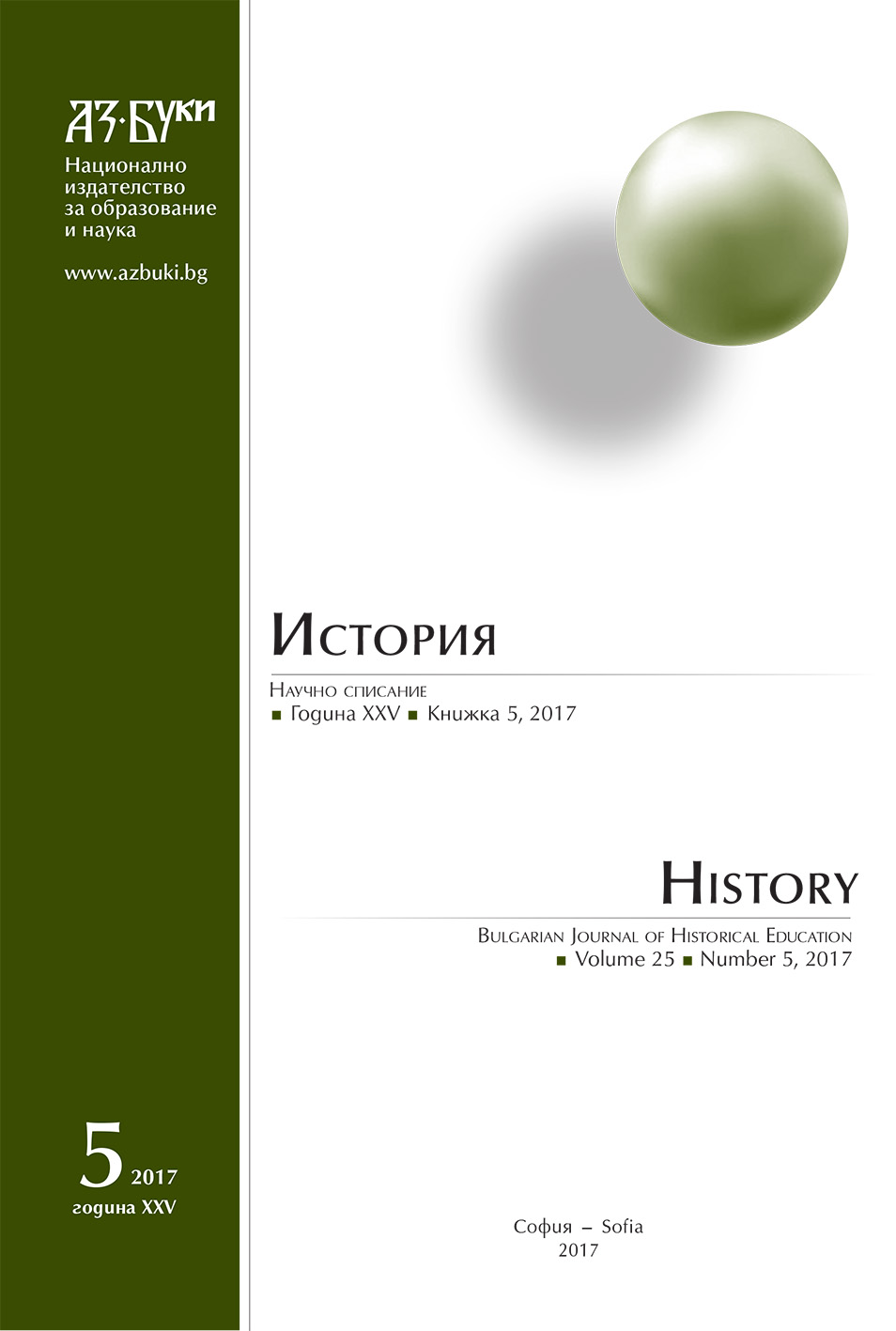
During the German occupation, the city of Ilja (the capital of the county) and its surroundings were located within the borders of the Radom region, as parts of the Reich General-Government. The Poles living there supported the Jews in different ways, provided them with food, clothes, and gave them shelter. Because of this, the Germans killed more than 50 people from the Ilzetz district, exterminating entire families (along with children and old men) and burning their homes.
More...
The article presents one of the tragic stories that took place during the World War II in occupied Poland. It describes the fate of one rural family playing an important role in Markova and its surroundings by engaging it in various public initiatives. The article describes the situation in occupied Markova, the chronology of the crime against Jews and Poles, the efforts to punish the perpetrators, and the actions aimed at perpetuating the heroic life and death of the Ulma family.
More...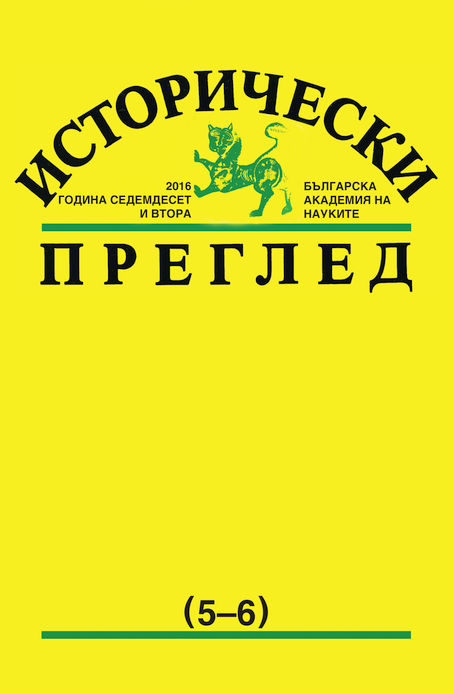

Germany is an example of a country which has been implementing transitional justice for decades and is still active in this field. What is more, contemporary Germans have recently come to terms with their not-so-distant past and their negligence in this area by showing the falsehood, backwardness, and injustice as negative foundations of the young Federal Republic. This article evokes the person of Fritz Bauer, the prosecutor in the state of Hessen. His struggle for human dignity and the memory of his achievements after his death exemplify an accomplished case of transitional justice and the memory of it. During his lifetime he contributed to bringing to trial numerous Nazi criminals, even at the cost of habitual threats and disregard. Forgotten for a few decades, Bauer and his legacy have been recently rediscovered and studied. Eventually, Bauer became a movie character and was finally brought back to the collective memory of Germans. The belated, but a well-deserved wave of popularity of Fritz Bauer in the German culture memory proves that reflections on the transitional justice are still topical and important.
More...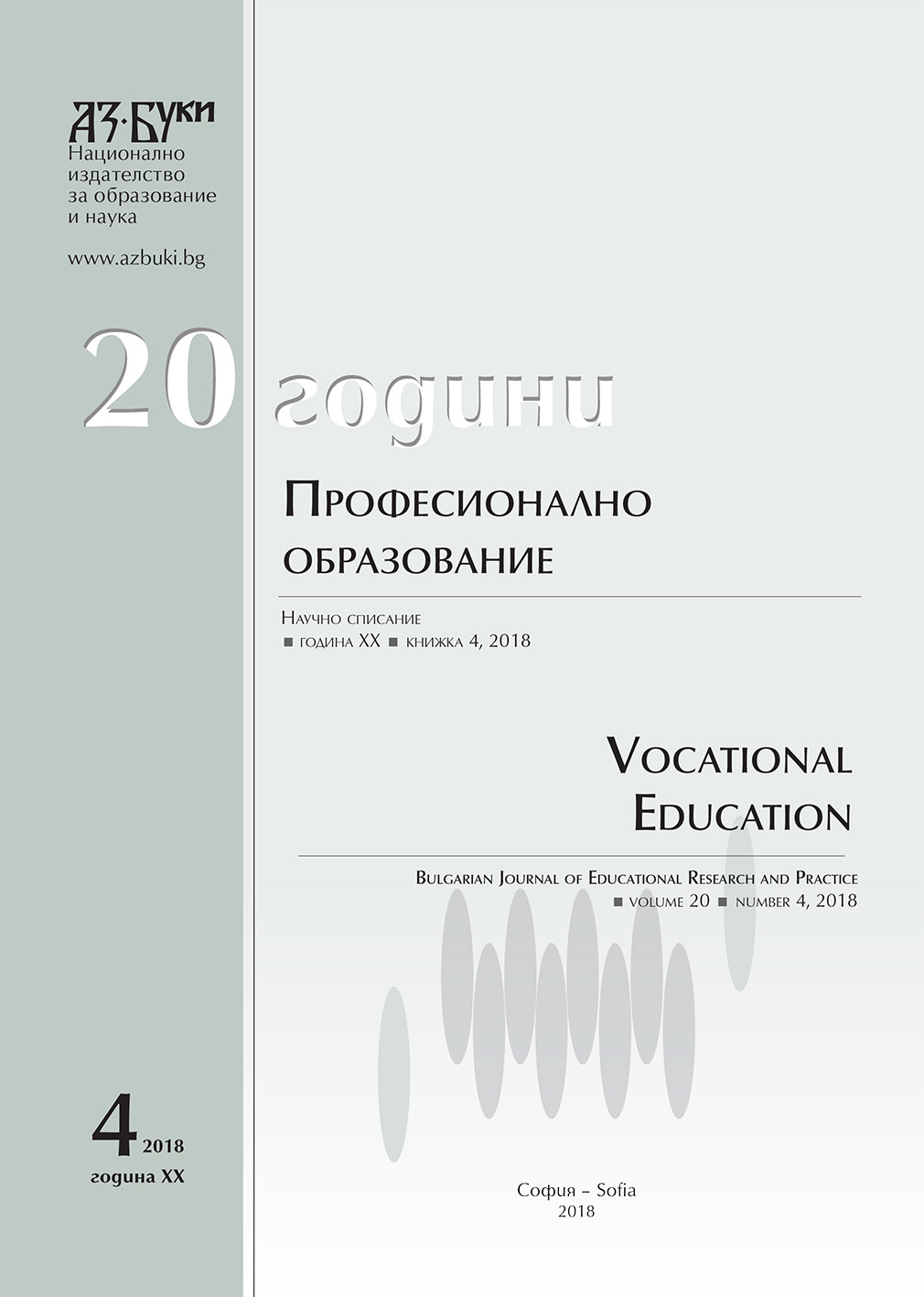
This work presents didactic games aimed at emphasizing remembrance lessons at school - important, but not so widely used in philosophical cycle and history curricula. The teacher has the freedom to select and adapt similar tasks according to the age of the students and the subject. Our society faces the need to educate young people in more tolerance and mutual support, with the main focus being the examples of history that should not be forgotten. And here is the role of the teacher who helps to form these values by putting the student in front of specific moral dilemmas and opportunities to analyze texts, to make his own conclusions about the lessons learned from historical events.
More...
Under direct German influence, anti-Semitism and racism were imposed as a state ideology and policy in the Independent State of Croatia during the Second World War, and thousands of Jews became victims of that. The lack of political opposition in the country turns the Catholic Church in the only opponent and corrective of the Holocaust. Since it could not protect all Jews whose destiny was decided in Berlin, not in Zagreb, the only realistic program of action of the Catholic Church was to at least champion for the Jews of mixed marriages, those who had adopted Catholicism, the children, the elderly people and others. As a result, many were taken to Dalmatia (in the Italian occupation zone) or outside the country.
More...
The article analyses the ways in which Central European postwar societies produce gen¬dered representations of Holocaust stories. Calderón Puerta shows how sexual violence functions in culture, highlighting the different ways in which it can be represented in literary texts: it can be understood as a symbol of relationships between antagonistic communities of men (what Roland Barthes refers to as mythologization), but it can also be seen to symbolize the continuum of violence in patriarchy (violence against specific women, structural violence and symbolic violence). Calderón Puerta argues that the different ways of understanding the representation of rape are related to the difference between masculine and feminine points of view.
More...


The analysis of the prayer contained in the Hebrew-Russian prayer book allows to describe the linguistic image of God and his people — Israel/Jews. Appealing to the patriarchs, to the covenant between God and Israel, to the Torah, Jerusalem and temple worship, that is, the centuries-long Jewish religious tradition, are cultural codes, and at the same time key components of Jewish identity. They are a point of reference in considering so called the Jewish question, taking into account primarily the Jewish perspective, not the Christian one.
More...
In this article, the author deals with the foundation, development, results and reasons of disappearance of the most successful sports club in the interwar era; the Jewish swimming and sports club Bar Kochba Bratislava. After the birth of Czechoslovakia, sports in Slovakia could develop on a national basis. Large national minorities had the same possibilities. To eliminate the risk of misusing sports for political purposes, sport representatives decided to organise it on the ethnic principle instead of the re- gional one. Thanks to this a wide variety of national sports organisations were esta- blished, including some Jewish ones. Even though Jews constituted only 2.01% of the population in the interwar period in today’s territory of Slovakia (Bergerová, 1992: 108), they succeeded not only in sports but in other areas of social life as well.
More...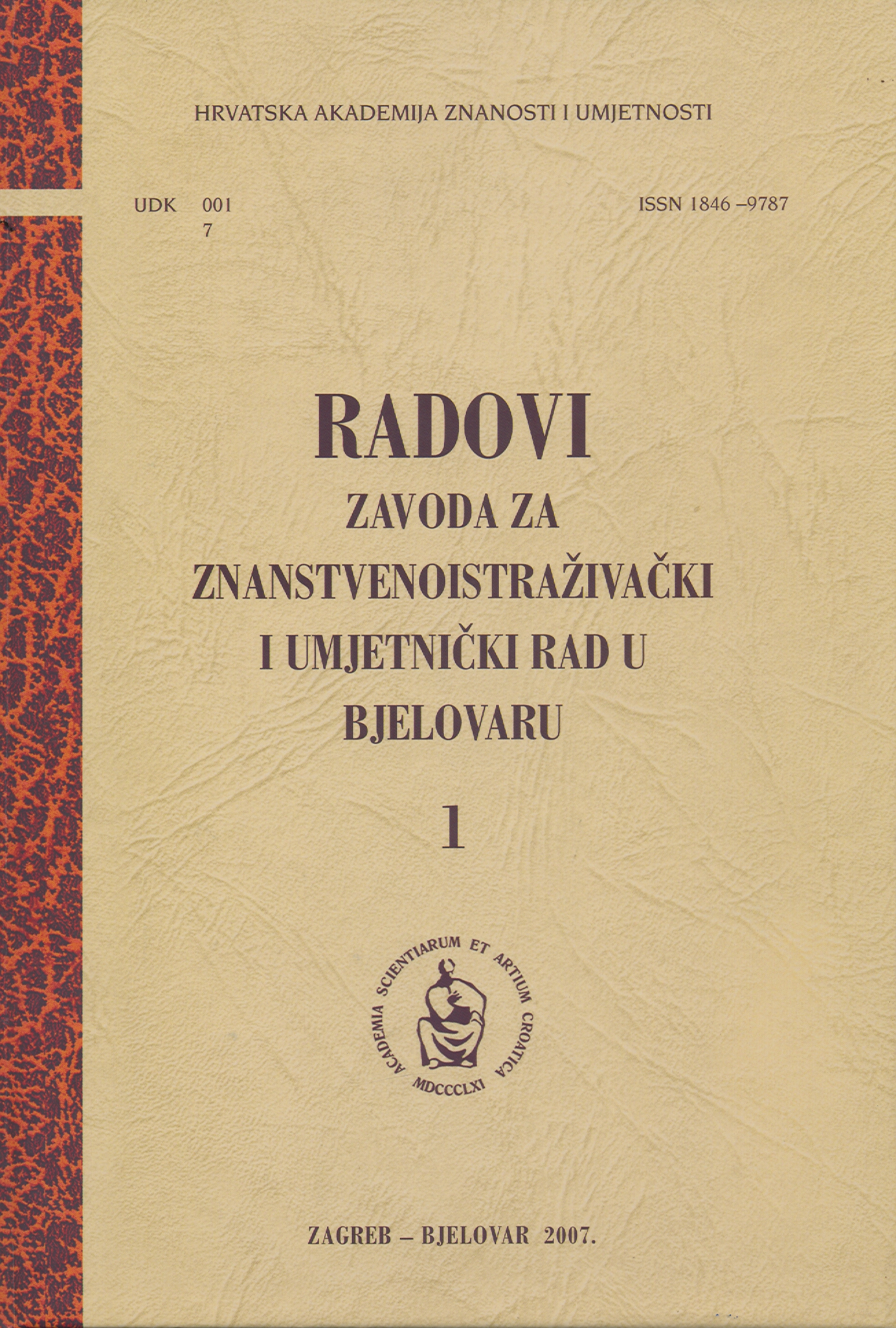
In this work, writing about a topic not explored until the present moment; life, work, and the sufferings of the Jewish population, who were an important part of social, cultural, and economic, especially of commercial and industrial life in Bjelovar, the author for the first time shows in detail and in chronological order a sequence of unpublished details from their past, especially from the lives of distinguished individuals ( paying particular attention to the first Jewish temple in Bjelovar from the year 1882 and the representative synagogue, built from 1913 to 1917) as an undividable part of the general historical problems of Bjelovar in a large range from the 18th to the 20th century, that is from the foundation of the town in the year 1756 to their emigration and sufferings during the Second World War, and particular activities during the years after the war.
More...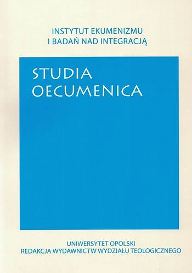
The article analyses the subject of Christian-Jewish relations in historical and theological terms. In the historical part, the following periods are briefly discussed: New Testament, patristic, medieval, modern and contemporary. In the theological part, the common elements of Judaism and Christianity are first presented. Herein: Jews and Christians identify their faith and action through the interrelations between justice and love; they base their beliefs on the common “scripture” (the “Old Testament”); they understand each other as the people of God; they profess the one God, the Creator and the Redeemer; they express their faith in worship, in which there are many similarities;Jews and Christians also live in the expectation for the common history of God with His people, whose fulfilment they expect. Distinctive elements (the divergence of the ways) are: the belief in Jesus, the Christ; the interpretation of the Scriptures; a different understanding of what God’s people are; different developed piety. In conclusion, it is said that the rediscovery of a positive relationship with Judaism facilitates a positive formation of Christian identity and memory.
More...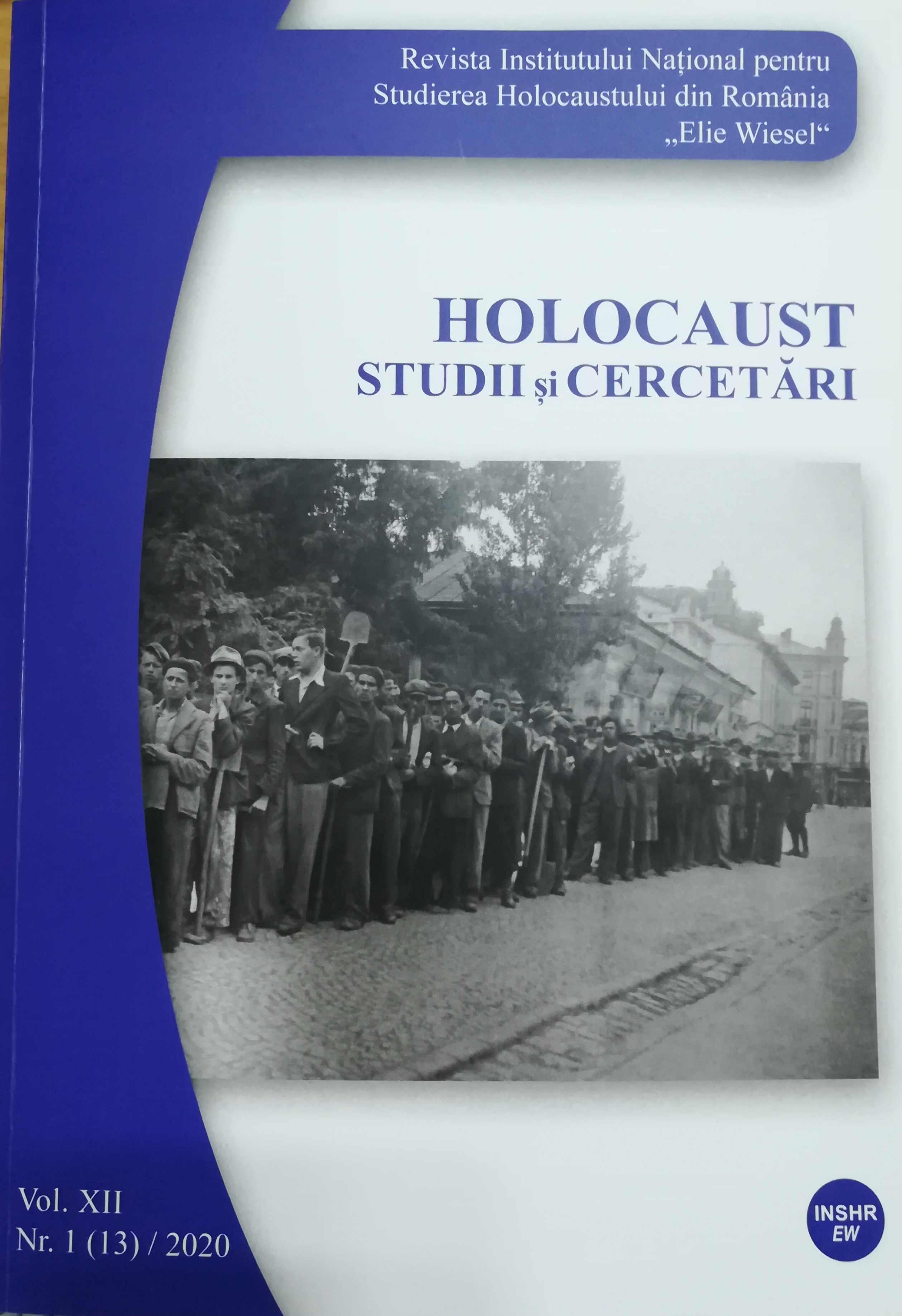
Although the war and the Holocaust struck men and women equally, there are reasons to discuss the fate of the women and their specific problems, in order to fill in a missing linkin describing Jewish life and to offer a fresh perspective that would give us better tools to write the history of Jewish life at that time.This paper will discuss the Romanian Jewish Women’s activity during the Holocaust and will particularly look into the activity of “The Jewish Center for the Protection of Mother and Child”, founded in Bucharest by Mela Iancu. What was the center’s contribution to the Jewish children and mothers during the war in Romania and to the orphans rescued from Transnistria? What can be learned about the women’s role during periods of crisis and war? “Mama Mela”, as the children of the center used to call her, was a symbol of determination,inspiration, wisdom, and hope. Finally, by including her story in the historical discourse, this paper aspires to shape and contribute to the large framework designing a reviewed historical approach and a gender-sensitive agenda.
More...
In this article, I examine the People’s Tribunals and the relevant debates surrounding them. I focus in particular on the symbolic role of these special trials in the Romanian public imagination after 1989, as well as the ways in which scholars can better fit them into existing historiographical patterns. Concepts such as “political justice” or “transition” will also be further explored. Also, I analyze the way in which the Soviet influence in these post-war trials has been perceived, while also looking at the multiple ways in which it can be interpreted. I then show that the study of the Holocaust in Romania is contingent upon understanding these crucial post-war attempts to deal with the horrors of Romania’s past. With all their issues, the People’s Tribunals were crucial in condemning war criminals who perpetrated the genocide of Jews and Roma in Romania. Their unique character must be drawn into relief as they were based on special laws, as ordinary courts did not have the capacity to deal with the unprecedented nature of the crimes that took place during World War II. In this sense, seeing these legal proceedings within the larger European context of dealing with Nazi crimes is of the utmost importance.
More...
JAKOBYOVÁ, Barbora – NIŽŇANSKÝ, Eduard. Dejiny židovskej komunity v Dolnom Kubíne [A History of The Jewish Community in Dolný Kubín]. Bratislava: Izraelská obchodná spoločnosť na Slovensku, 2018, 240 pp. ISBN 978-80-971954-4-1
More...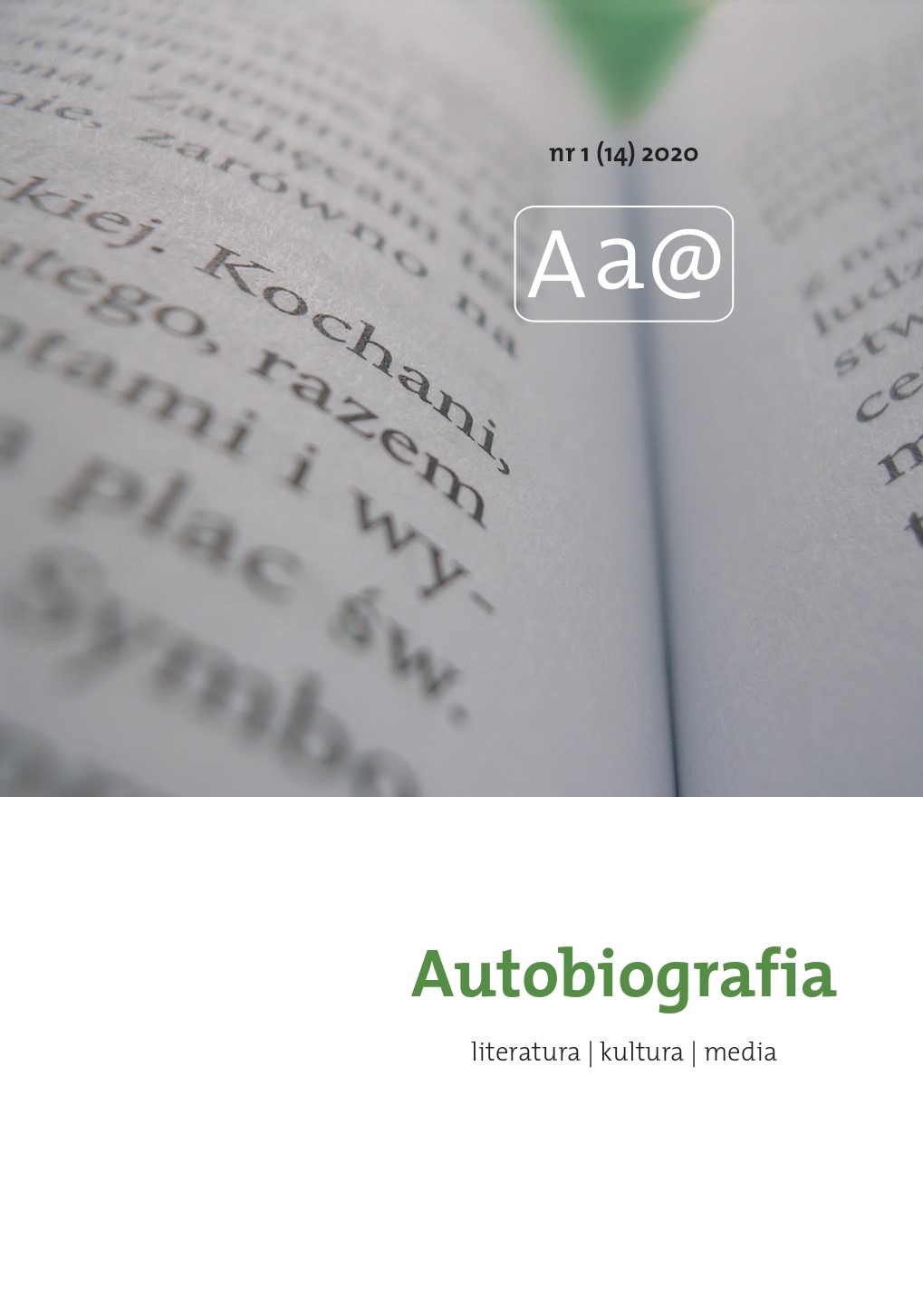
Autobiography is often writing about how a “self” forms over time as it is affected by the conditions it encounters. This definition can be problematic for Holocaust autobiography, because hiding one’s self from others and repressing one’s desires and impulses became crucial to survival. This essay traces the processes by which a “self” emerges for one Holocaust writer and survivor, Helen S., through archival documents, testimonies and memoirs over time. Helen S.’s example demonstrates how an effaced self can have a textual presence before the writer can allow herself to fully inhabit a traumatic personal history.
More...